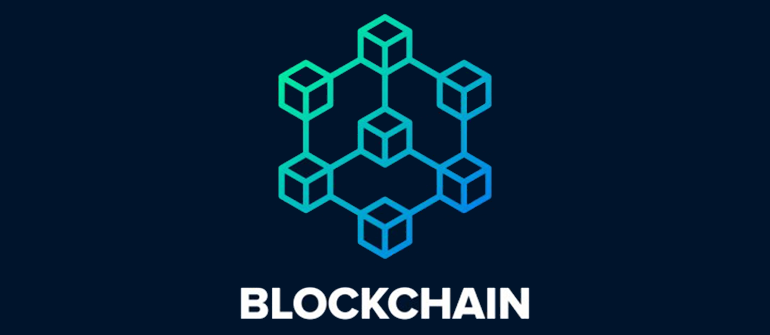
We could not find any results for:
Make sure your spelling is correct or try broadening your search.
| Name | Symbol | Market | Market Cap ($) | Algorithm |
|---|---|---|---|---|
| Bitcoin | BTCGBP | Crypto | 1,302,301,701,189 | SHA-256d |
| Price Change | Price Change % | Current Price | Bid Price | Offer | |
|---|---|---|---|---|---|
| 74.78 | 0.14% | 52,168.11 | 52,151.98 | 52,168.73 |
| High Price | Low Price | Open Price | Prev. Close | 52 Week Range |
|---|---|---|---|---|
| 52,658.45 | 51,601.42 | 52,184.02 | 52,093.33 | 19,516.00 - 57,614.00 |
| Exchange | Last Trade | Size | Trade Price | Currency |
|---|---|---|---|---|
| GDAX | 15:13:45 | 0.000721 | 52,168.11 | GBP |

Bitcoin Global News (BGN)
April 29, 2019 -- ADVFN Crypto NewsWire -- At face value, having a private blockchain might seem like a more secure option, especially for companies that want to have full control of the data they are sharing and storing. The fact is, however, this is not exactly the case. Private blockchains come with their own vulnerabilities.
In an article today, CoinDesk mentioned several key points that Moody’s, which is well-known ratings agency, has discovered on the subject. First and foremost, Moody’s is reportedly making the argument that the consensus mechanisms of private blockchains are weaker or even non-existent. While the first claim is fairly easy to get behind since typically, less nodes are involved in a private blockchain, the second is harder to puzzle out.
How could a blockchain function without any method of consensus to coordinate its’ activities? Judging by the article itself and the basic definitions of permissioned and permissionless blockchains, this comes down to decentralized versus centralized governance.
In most if not all private blockchains that have already been created, a small group of entities control everything about the network. On the other hand, if we take Bitcoin and Ethereum as examples, thousands of users can help to decide their futures.
Perhaps, if the report from Moody’s is taken as fact, it could then be concluded that to make private blockchains truly secure for institutional use, some hybrid form of governance framework would have to be developed. Ideally, it would both mirror those of crypto’s top players, while allowing for a few nodes to maintain its’ security.
Whether or not this is possible remains to be seen. In the end, at least, companies like IBM appear to be working tirelessly on new solutions in this case. Perhaps other projects like Facebook Coin will also bring key insights to the table as to how other institutional players should contribute to the evolution of private or permissioned solutions.
By: BGN Editorial Staff
1 Year Bitcoin Chart |
1 Month Bitcoin Chart |

It looks like you are not logged in. Click the button below to log in and keep track of your recent history.
Support: +44 (0) 203 8794 460 | support@advfn.com
By accessing the services available at ADVFN you are agreeing to be bound by ADVFN's Terms & Conditions